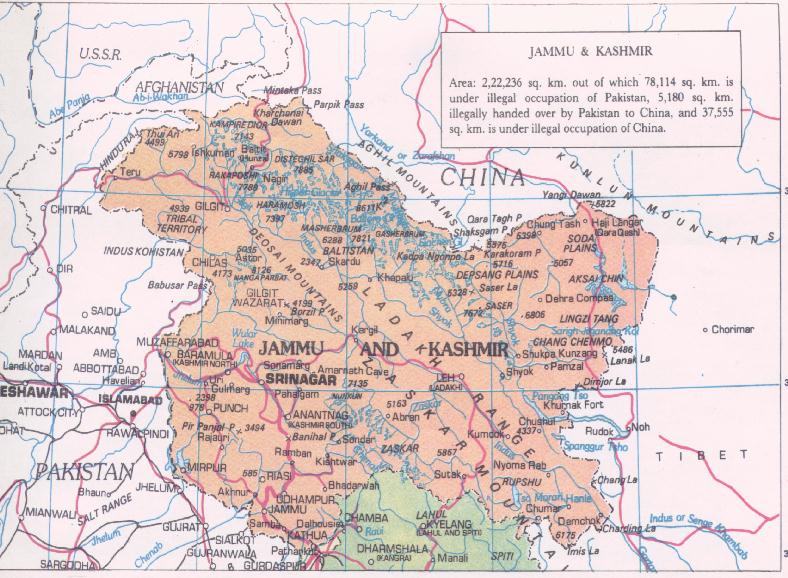Durand Line, boundary established in the Hindu Kush in 1893 running through the tribal lands between Afghanistan and British India, marking their respective spheres of influence; in modern times it has marked the border between Afghanistan-Pakistan and Afghanistan-India. The acceptance of this line—which was named for Sir Mortimer Durand, who induced ʿAbdor Raḥmān Khān, amir of Afghanistan, to agree to a boundary—may be said to have settled the Indo-Afghan frontier problem for the rest of the British period.
 After the British conquered the Punjab in 1849, they took over the ill-defined Sikh frontier to the west of the Indus River, leaving a belt of territory between them and the Afghans that was inhabited by various Pashtun tribes. Questions of administration and defense made this area a problem. Some of the British, members of the so-called stationary school, wanted to retire to the Indus; others, of the forward school, wanted to advance to a line from Kābul through Ghaznī to Qandahār (Kandahār). The Second Anglo-Afghan War (1878–80) discredited the forward advocates, and the tribal area was divided into roughly equal spheres of influence.
After the British conquered the Punjab in 1849, they took over the ill-defined Sikh frontier to the west of the Indus River, leaving a belt of territory between them and the Afghans that was inhabited by various Pashtun tribes. Questions of administration and defense made this area a problem. Some of the British, members of the so-called stationary school, wanted to retire to the Indus; others, of the forward school, wanted to advance to a line from Kābul through Ghaznī to Qandahār (Kandahār). The Second Anglo-Afghan War (1878–80) discredited the forward advocates, and the tribal area was divided into roughly equal spheres of influence.
The British established their authority by indirect rule up to the Durand Line, at the cost of a number of tribal wars; the Afghans left their side untouched. In the mid-20th century the area on both sides of the line became the subject of a movement for Pashtun independence and establishment of an independent state of Pakhtunistan. In 1980 approximately 7.5 million Pashtuns were living in the area around the Durand Line.